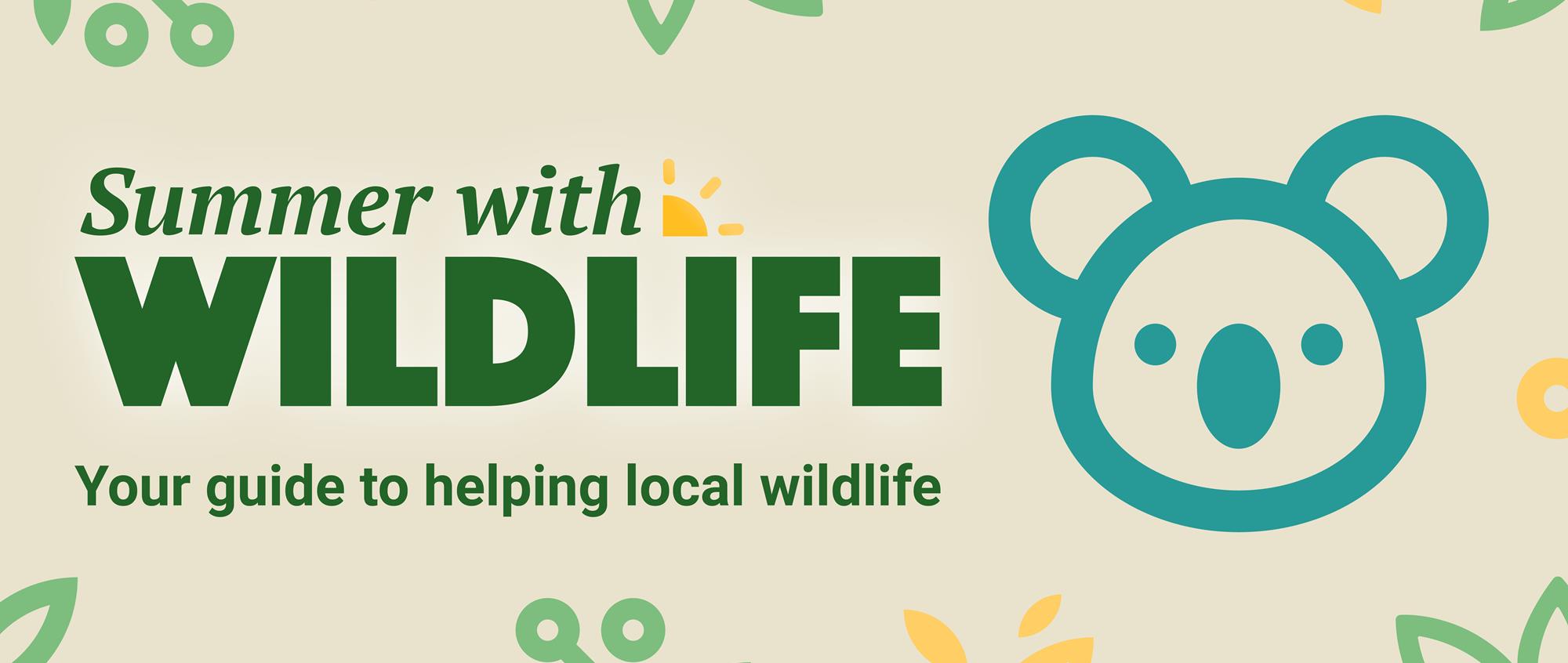The effects of climate change are threatening the ongoing existence of Australian wildlife, but there is so much we can do.
Zoos Victoria cares for thousands of native animals at its wildlife hospitals each year, and is the world’s first zoo to achieve carbon neutral certification.
You can also play a part in helping animals through the challenging summer months by taking the following five actions.
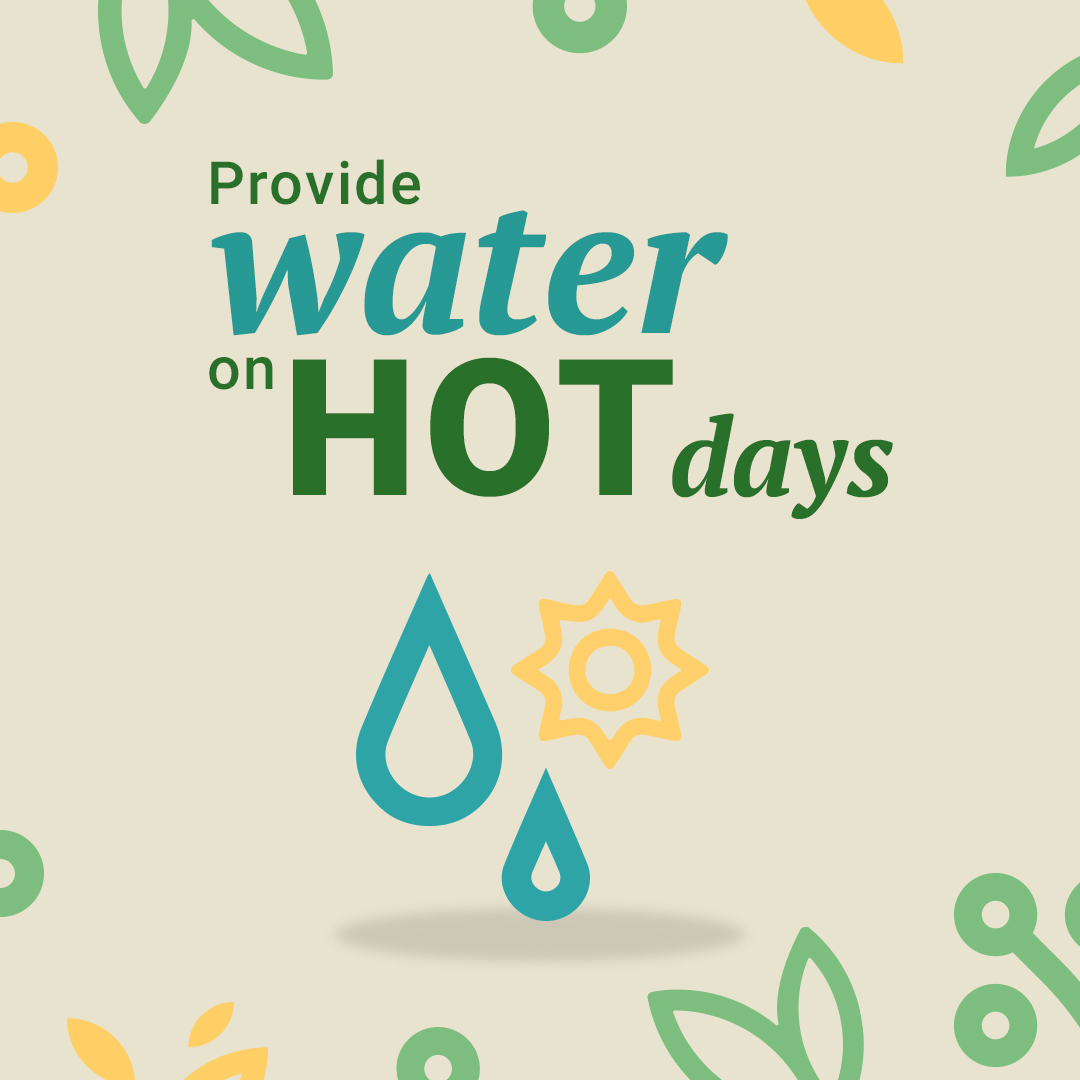
1. Provide water on hot days
Why?
During hot days, Victoria’s animals can suffer heat-stress and even die. Providing wildlife safe access to water is something we can all do to help them escape the heat.
How?
- Find a shallow, plastic or ceramic (non-metal) dish
- Place it in a shady spot close to shrubs or trees, away from pets and roads
- Create an escape route by putting a rock or stick in the water for animals to climb out if they fall in
- Keep the water clean by changing it every day and more regularly on really hot days
- Relax and enjoy the wildlife visiting your garden – see who comes to cool off!
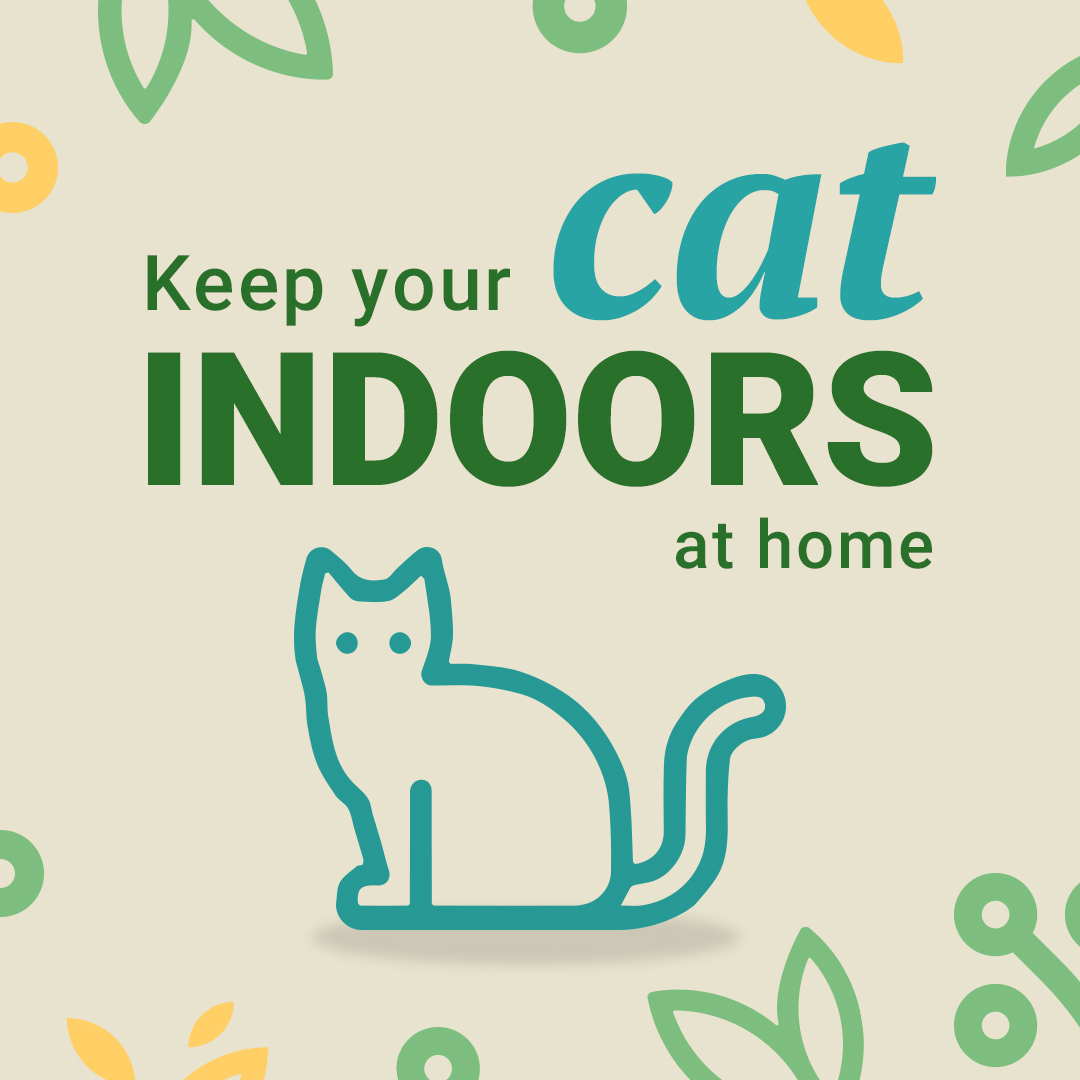
2. Keep your cat indoors at home
Why?
46% of Australia’s threatened wildlife can be found in our cities. Following the Black Summer bushfires, urban and suburban areas have never played a more important role as refuge areas, particularly for birdlife that has been displaced. Cat owners can do their bit to keep our streets and parks safe for wildlife by keeping their pets indoors.
How?
- For tips and tricks to give your cat the safest and happiest life at home, join the 30,000 members of our Safe Cat, Safe Wildlife community.

3. Plant a wildlife-friendly garden
Why?
It is thought that 14,000 invertebrate species lost habitat in the Black Summer bushfires, making them likely to be the group of animals most impacted by the disaster.
Invertebrates are vital to ecosystem health, working away in the background and providing us with essential services such as pollination for food and breaking down leaf litter which cycles nutrients back into the soil, fostering plant growth and reducing fuel loads for fire.
Urban gardening has great potential to assist these unsung heroes of the animal world, and one way we can do this is by providing plants for pollinators such as native bees, butterflies and hoverflies.
How?
- Flowering pops of colour like Yellow Buttons and Golden Everlastings Daisies are readily available and provide nectar for pollinators like native bees.
- Planting shrubs like Blackwood and Native Blackthorn are a great way to encourage butterflies, and native sedges and grasses are a hardy addition to any wildlife-friendly garden.
- Be sure to check which plant species are suitable for your area.
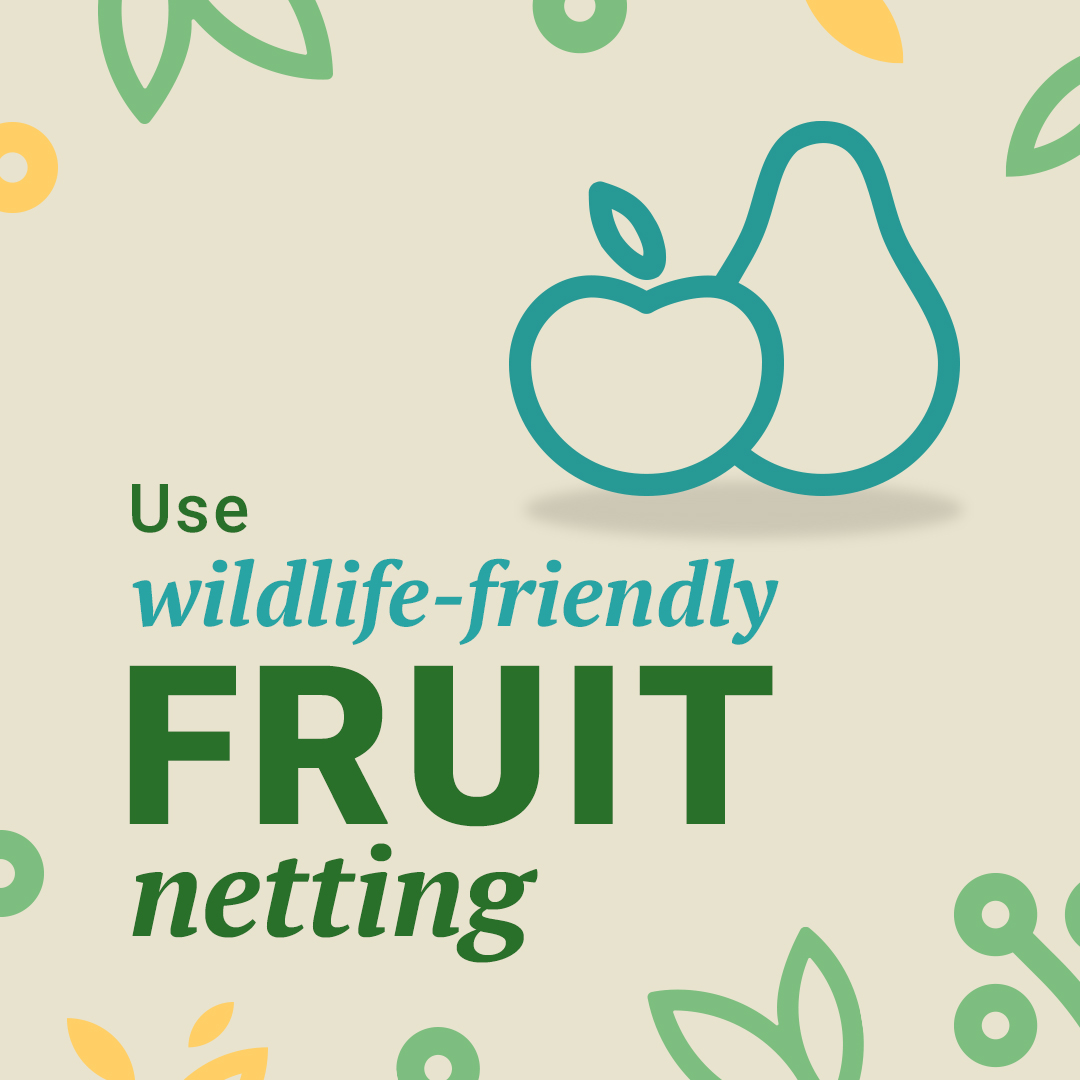
4. Use wildlife-friendly fruit netting
Why?
Victoria is home to an array of animals that feed on fruit. This includes species of birds, flying foxes and possums. Victorian wildlife has been recorded as being entangled in backyard fruit netting and its inappropriate use is the leading cause of injury and death of flying foxes in Victoria. Thankfully, there’s a simple solution.
How?
- From 1 September 2021, it is the law to only use wildlife-friendly fruit netting in Victoria – so you can find it at all reputable retailers.
- Wildlife-friendly fruit netting has very small openings, specifically, the gaps must be 5mm x 5mm or less at full stretch. If you’re not sure, try the ‘poke test’ – if an adult finger can fit through the gaps, don’t put it on a tree.
- Wildlife-friendly fruit netting should also be white-coloured to help nocturnally active animals see and avoid it at night.
To find out more, visit the Victorian Government’s Harvest Without Harm.
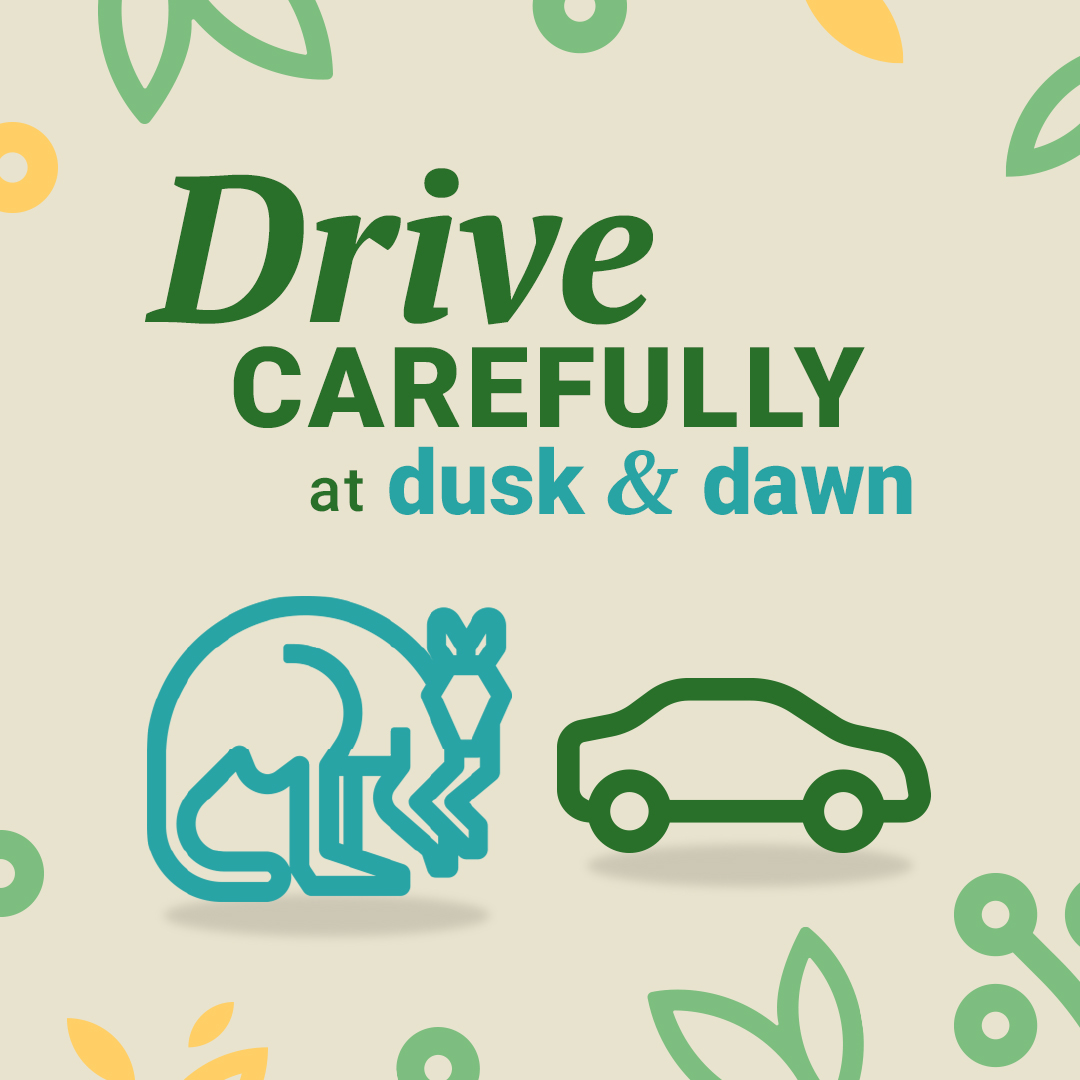
5. Drive carefully at dusk and dawn
Why?
An estimated 10 million animals are hit on Australian roads every year. With food and water often harder to come by in the hot summer months, wildlife may have to travel greater distances and cross roads in order to access resources.
How?
- Where possible, limit your travel in vehicles between sunset and sunrise as this is when many animals are most active
- Try to stay alert particularly in regional and rural areas and when safe to do so, use your high beam headlights
- If you see an animal, return to normal headlights to avoid dazzling them which can cause erratic behaviour
If you come across injured or distressed wildlife needing help, call Wildlife Victoria’s Emergency Response Centre on (03) 8400 7300.
